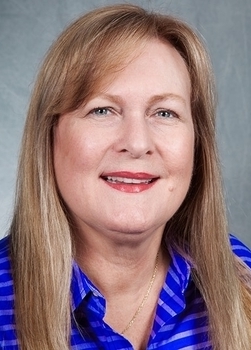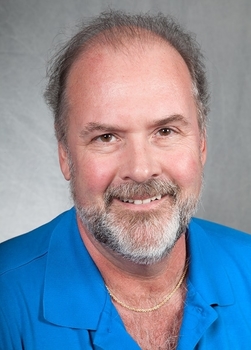When David and I founded our company, Magnus Research Consultants, we did so with the intention of providing our clients with high quality litigation research and consulting, customized to every case. It was, and still is, our view that there are: (1) no two cases that are exactly alike, regardless of their degree of similarity; (2) there are no two clients who are exactly alike, regardless of the fact they are all high powered attorneys; and (3) all of our clients and all of their cases deserve our undivided attention and commitment to excellence. Prior to founding Magnus, both David and I had worked for other organizations that provide litigation research, including one company that relied on a “cookie cutter” approach in which all cases received minimal consideration. Through the years, we have consistently provided customized research and consulting to 100% of our clients, beginning with the proposal David prepares and ending with the extensive written report I prepare. Recent experiences with one of Magnus’ vendors has reminded me of the importance of excellent customer service, including the need to find out exactly what every client needs and expects. Our vendor has a “one size fits all” approach to the provision of services we require for the operation of our business and, although both David and I have repeatedly attempted to explain our needs are unique, our vendor has ignored most of what we have said. Instead of trying to work with us, this vendor’s approach worked against us, to the point David’s and my valuable time was wasted, our work flow slowed to almost a standstill, and we have been limited in our ability to perform our work on behalf of our clients. The concept of “one size fits all” may work when it comes to buying a straw hat, but it most assuredly does not work when it comes to providing customer service to professionals such as attorneys, psychologists, and other high level business executives.
Melissa’s post expands upon some of the comments I’ve made in this recent series. In four years of writing this blog, it has been interesting to see what experiences we have that trigger blog posts, or a series of posts. This email conversion experience surely has been an instructive reminder of how Melissa and I choose to do business, and how we want (expect) those who provide service to us to assist our business. In our world, having experienced the cookie cutter approach, we saw flaws in that system in a service and data driven environment. It apparently works just fine if you make cookies in mass quantities; just look at the store shelves. But in a world where service is expensive, we believe the client’s expectation is that we are focused on their case, not the generalities of cases. In our world, as in my photo business, working with the client to meet their needs and expectations is critical. Take a family portrait photo assignment. Does the client want it in a studio or on location? If on location, what location: beach, city, country, at sunrise, at sunset? What day of the week? What should everyone wear – matching or not? You get the idea. In our business, since 1993, the variables are different. I know I’m starting from the basics when I get a call asking, as the first question, “How much is a mock jury going to cost?”. The answer is “it depends.” It depends on the scope of the project, the number of mock jurors, the number of mock juries, the structure of the arguments, the length of the arguments, the length of the total session, the timing relative to mediation or trial, and more. Our perspective is that all of these variables are part of designing a project based on a needs assessment conducted as soon as conflicts are checked. Given all of the variables, it is impossible for one size to fit all. The challenge for me is instead, sometimes, explaining how the size of the research on a specific case is determined. In other words, measuring the needs and expectations of the client. There are no tape measures for that!



Comments are closed.